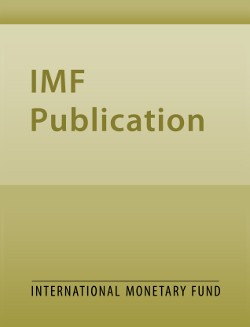
The Macroeconomic and Welfare Benefits of Building Resilience in Disaster-Prone Developing Countries
The Macroeconomic and Welfare Benefits of Building Resilience in Disaster-Prone Developing Countries
READ MORE...
Volume/Issue:
Volume 2025
Issue 013
Publication date: January 2025
ISBN: 9798400296789
$20.00
Add to Cart by clicking price of the language and format you'd like to purchase
Available Languages and Formats
| English |
Prices in red indicate formats that are not yet available but are forthcoming.
Topics covered in this book
This title contains information about the following subjects.
Click on a subject if you would like to see other titles with the same subjects.
Labor , Economics- Macroeconomics , Industries - Energy , Industries - Manufacturing , Natural Disasters , Agribusiness , Infrastructure , Energy sector , Consumption , Human capital , Agricultural sector , Manufacturing , Natural disasters , Resilient investment , natural disasters , macroeconomics , fiscal sustainability
Summary
Natural disasters often have high economic costs, setting back years of investment in developing countries. This paper develops a multi-sector DSGE model to study the macroeconomic and welfare implications of financing resilience-building using different fiscal instruments. The model includes developing countries’ macroeconomic and distributional features, such as a large unproductive rural sector, an incomplete credit market, and an informal sector. The results indicate that investing in resilience capital in a disaster-prone country improves welfare despite its high economic cost, but the financial instrument used to mobilize revenue matters.
Copyright © 2010 - 2025
Powered by:
AIDC



